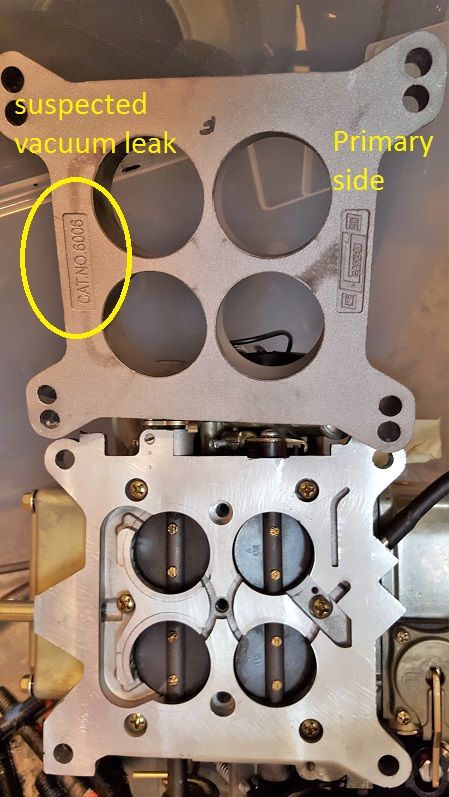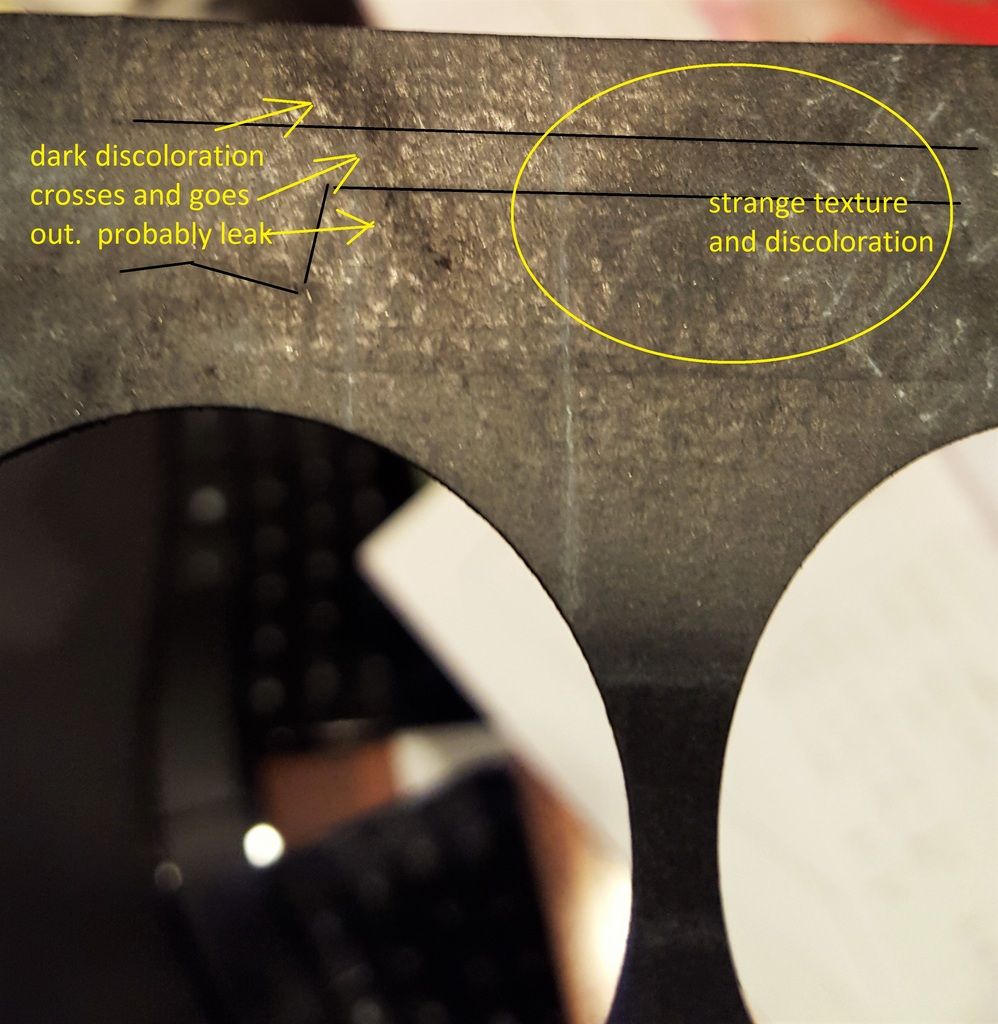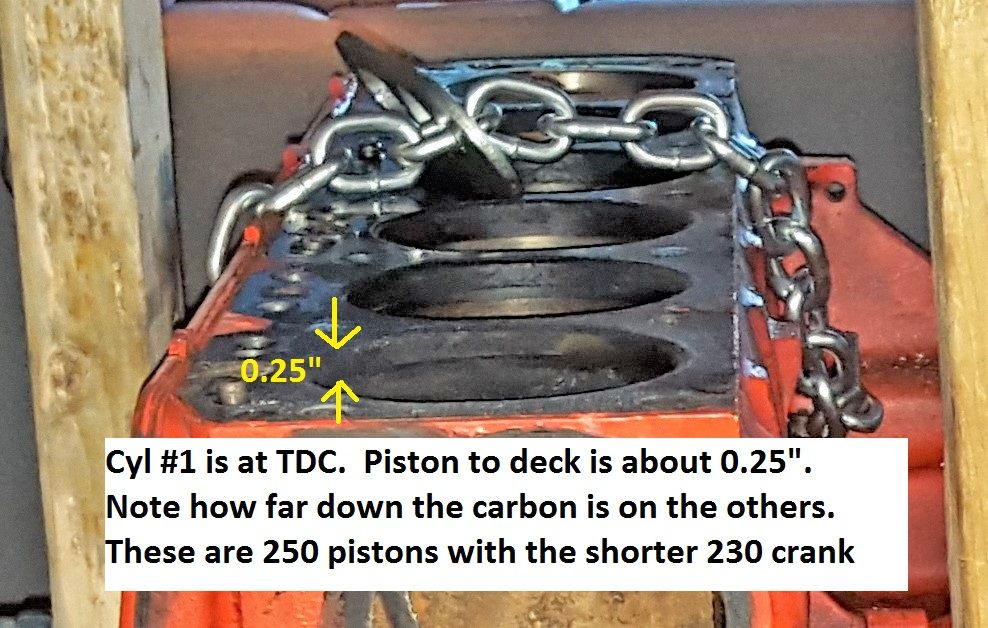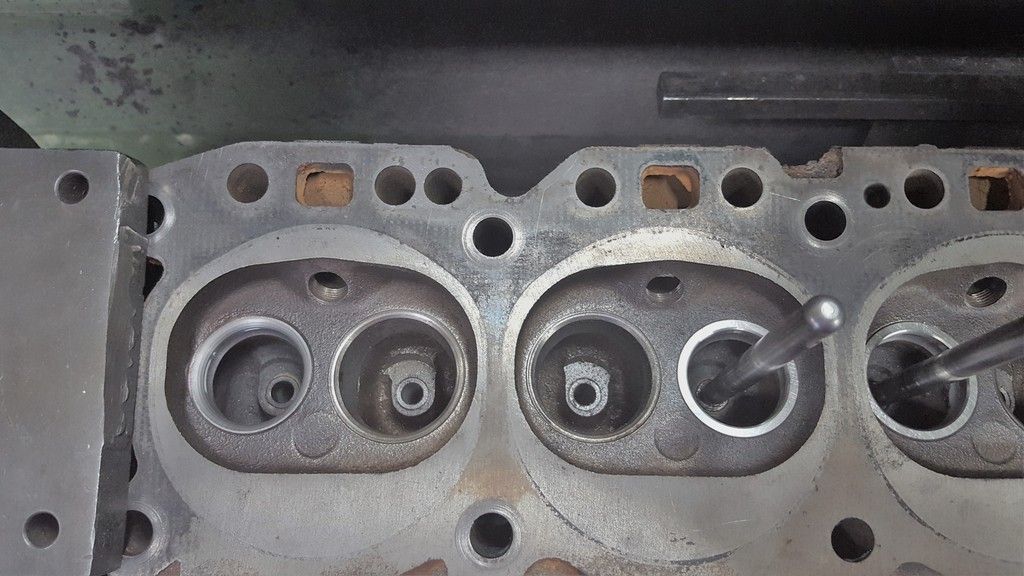Hi, I'm rebuilding my six cylinder. There's some very nice but expensive forged aluminum Ross pistons I could buy, get a bit more compression (9.5:1 vs. 9.25:1) and performance.
The mechanic says for street driving, not worth it, stick with the cast iron. The Al pistons are 0.040" over, if I go cast, I'm probably need at most 0.020" over bore.
Thought I'd ask the broad forum here. Are there big differences in operating the engine? I read in some of the notes where they talked about warmup being more important and such. Will they be quirky? Will they be shorter life?
Thanks,
Mark
The mechanic says for street driving, not worth it, stick with the cast iron. The Al pistons are 0.040" over, if I go cast, I'm probably need at most 0.020" over bore.
Thought I'd ask the broad forum here. Are there big differences in operating the engine? I read in some of the notes where they talked about warmup being more important and such. Will they be quirky? Will they be shorter life?
Thanks,
Mark








